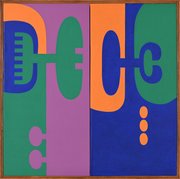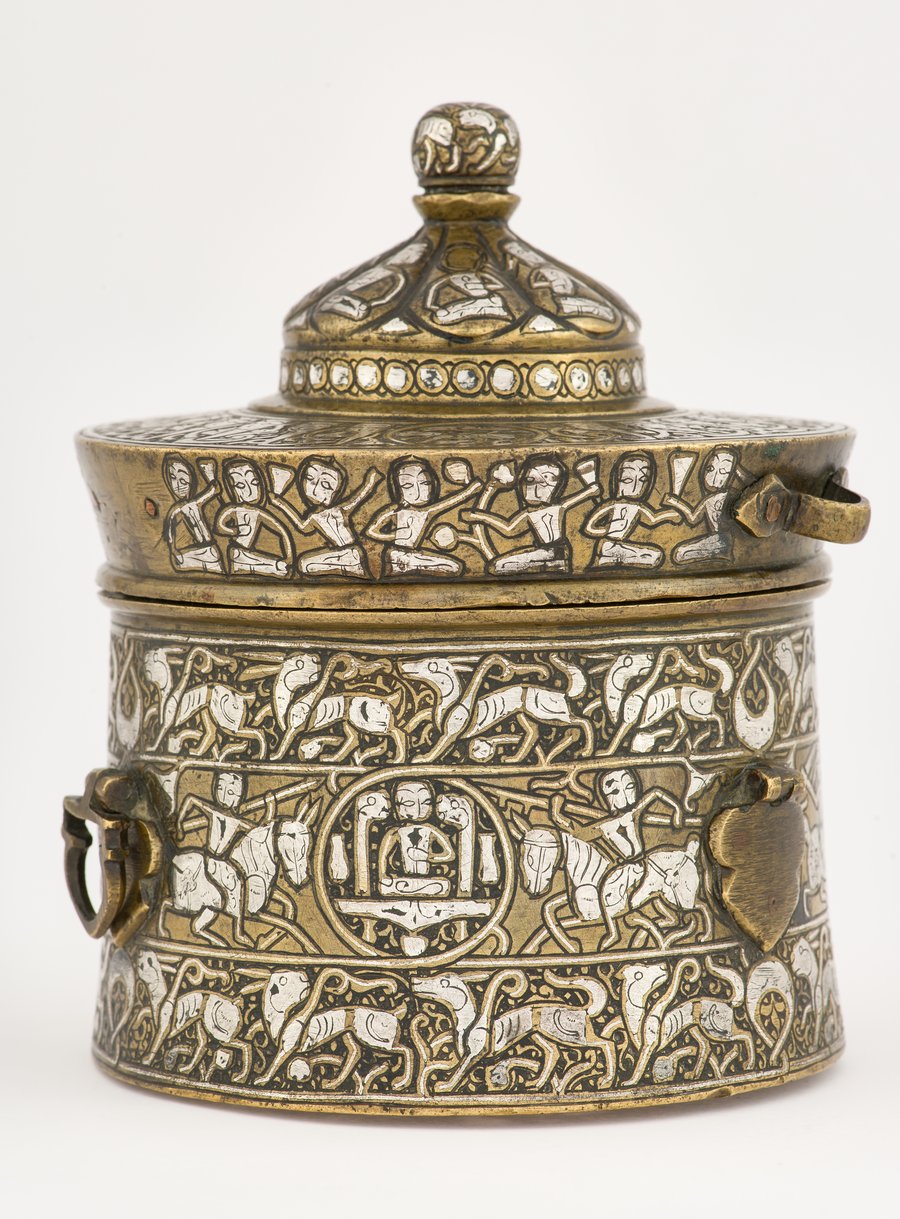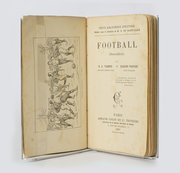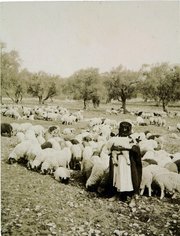
Inkwell
Museum of Islamic Art
- Title:
- Inkwell
- Production place:
- Herat
- Date:
- 1200 - 1225
- Period:
- 13th century CE
- Title:
- Inkwell
- Production place:
- Herat
- Date:
- 1200 - 1225
- Period:
- 13th century CE
- Material:
- Brass, Silver, Black compound
- Technique:
- Hammering, Casting, Engraving, Inlaying, Chasing, Soldering, Riveting
- Dimensions:
- 13.2
- Diameter:
- 10.9
The brass inkwell is cylindrical in form with a slightly inward-sloping body and lid, which has an eight-lobed domical center. The body would have originally had three handles; the lid's three projecting brackets and the base's three feet are also all missing. The entire inkwell is inlaid with silver. Around the body of the base is a central band depicting three enthroned figures in roundels interspersed between mounted horsemen, flanked by a thinner band of winged hares. The lid is decorated with a frieze of drinking figures and three roundels containing an eagle overpowering an animal. A band of naskhi inscription decorates the outside of the lid, “Glory, Prosperity, wealth, contentment, and perpetuity to its owner”, with the inside bearing a kufic inscription, “With good fortune, blessing, contentment, contentment, contentment.” A final inscription appears on the inner tray, reading “Glory, prosperity, wealth, entirety and contentment.”
The inkwell’s decorative motif has been read as one relating to astronomy, with its inscriptions and images of hares and enthroned figures all related astrologically. The inscriptions provide good wishes, while the roundels on the lid proclaim the triumph of good over evil, surmounting the symbols of darkness on the body. Overall, the inkwell’s visual message is intended to illustrate the victory of good fortune over evil for the owner of the object.



